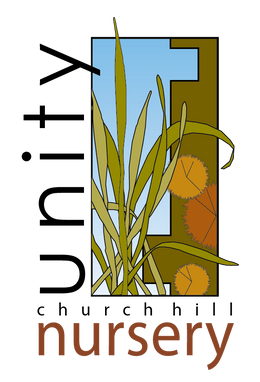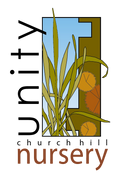Solidago sempervirens (Seaside Goldenrod) Unity Grown
- In Stock
- Inventory on the way
Solidago sempervirens, commonly called seaside or salt-marsh goldenrod for its tolerance of saline conditions, is an upright North American goldenrod species found throughout the enter Eastern Seaboard as well as the Gulf of Mexico. Like all goldenrods, seaside goldenrod blooms from late summer into the fall, producing brilliant bright yellow blooms along gracefully arching stems from 2-6’ tall and wide. Often found in sand flats, pinelands, and among sand dunes, Solidago sempervirens draws its scientific name from its semi-succulent evergreen leaves, which can hold up to heavy salt exposure. Though its leaves may stand out before the flowers are in full bloom, once late summer arrives, seaside goldenrod’s profuse flowers don't go unnoticed by pollinators, with the plant acting as a food source and host plant to a number of flies, beetles, bees, butterflies, and moths; seaside goldenrod requires medium-dry sandy loams and full sun or part shade to put on the best floral show.
Solidago sempervirens mainly reproduces by seed, and therefore will not spread as easily as rhizomatic goldenrods like Solidago nemoralis or Solidago flexicaulis, but since seeds are easily spread by birds in the fall and winter, seaside goldenrod can still form beautiful masses, and it works beautifully for naturalized pollinator gardens, especially in sites with sandy soil or salt spray. Beyond its beauty and salt tolerance, Solidago sempervirens is a great addition to the home landscape for its resistance to deer damage, its tolerance of wet soils, and its ecological value.

